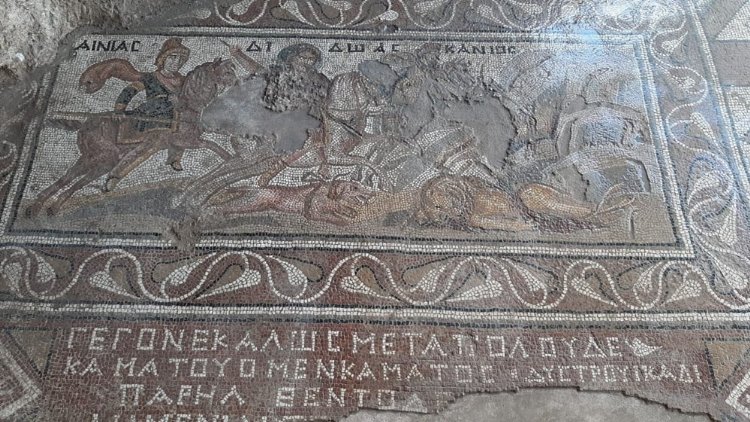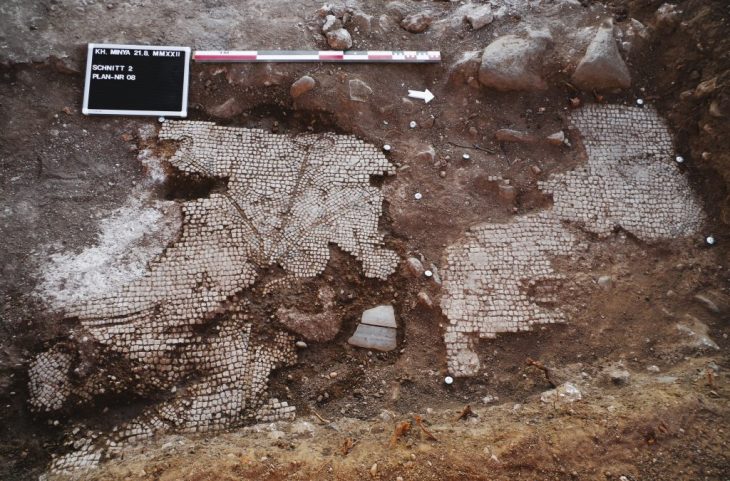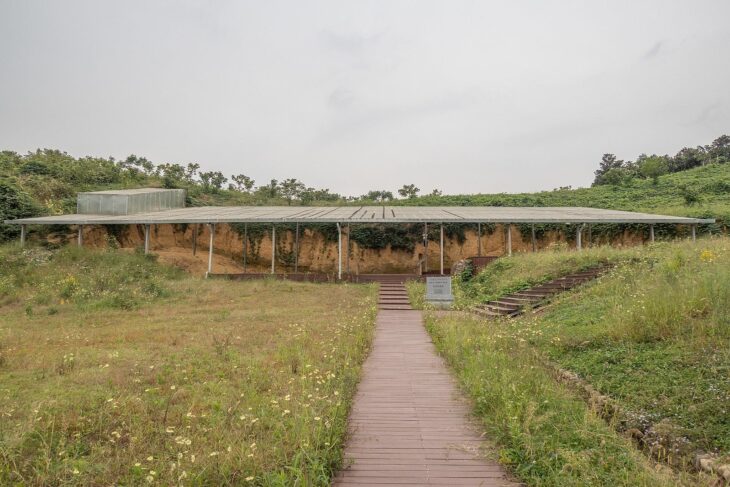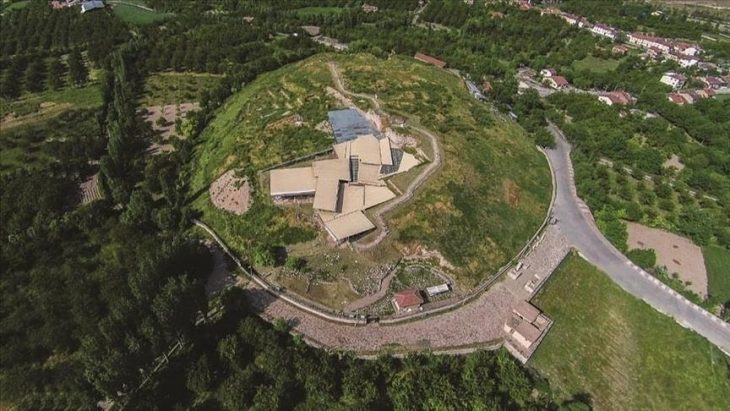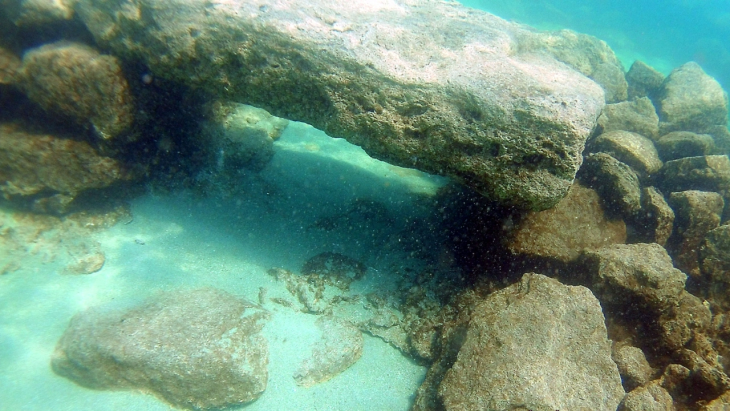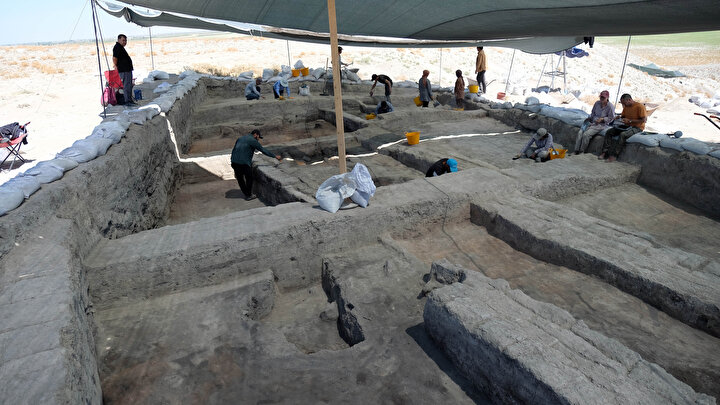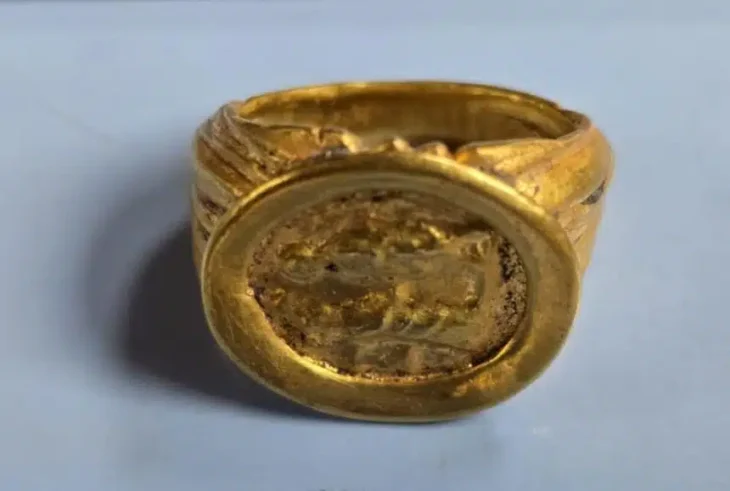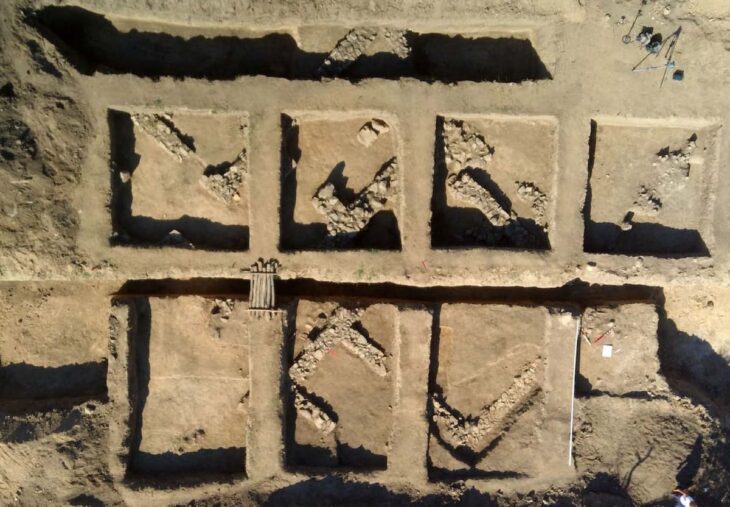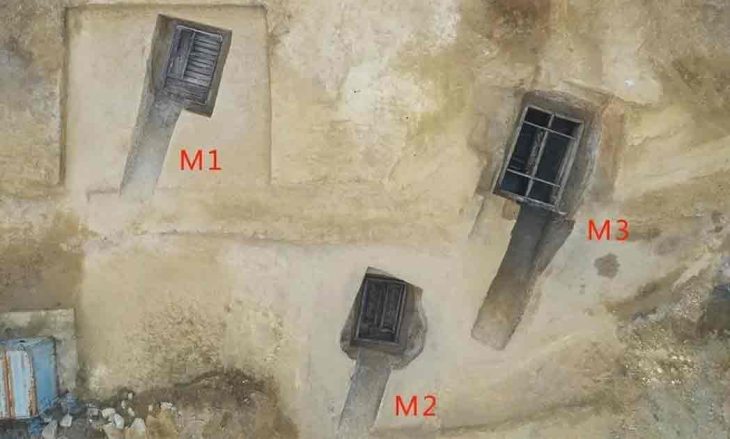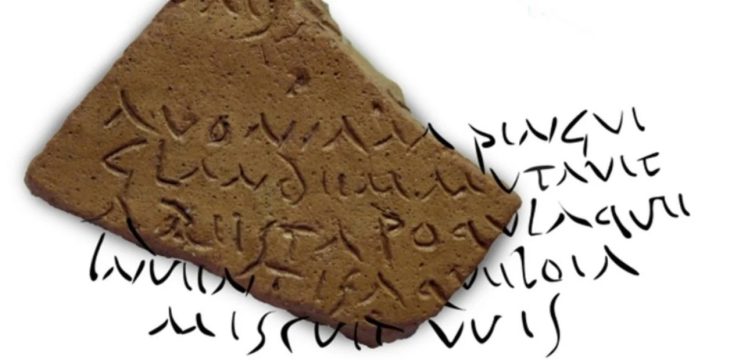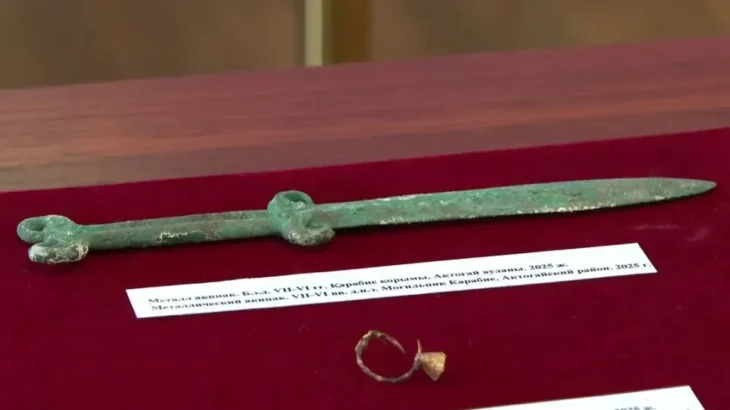A large mosaic depicting the legendary Trojan hero Aeneas, the protagonist of Virgil’s epic poem “The Aeneid” and the ancestor of the Roman people, has been unearthed in the southern Turkish city of Osmaniye.
The mosaic was discovered during a foundation excavation of a construction site revealing the remains of a Roman villa.
There is no other example of this mosaic in the world, according to the experts. The mosaic area is thought to have been built in the first and second centuries A.D. to adorn the floor of a villa from that time period.
Cezmi Yurtsever, a historian and an author, described the Aeneas mosaic as “unique in the world.”
“In 2015, it was announced that historical artifacts and mosaics were found on the floor of a building in the center of Kadirli district. Then many archaeologists came here and carried out excavations in the area. During these excavations, mosaic scenes were found on the floor of the building. In one scene, a warrior was riding a horse holding a spear, and there was a woman depiction with the inscription of Dido, the reputed founder of Carthage, who was going on a lion hunt with the warrior. The name of this warrior is Aeneas, a great Trojan hero. He was an important figure after Hector, the prince of Troy,” he said.
📣 Our WhatsApp channel is now LIVE! Stay up-to-date with the latest news and updates, just click here to follow us on WhatsApp and never miss a thing!!
Yurtsever also noted that the scene depicting Aeneas fighting with Leon was discovered in the same area.
“This place was the ancient Flaviapolis city built during the Roman era and according to our determinations, this mosaic was made in the A.D. 3rd century. For this, after the Trojan War, about 1,500 years ago, the discovery of a mosaic in the ancient Flaviapolis city during the Roman period depicting a hero of the Trojan War is a peerless discovery for archeology and history.”
Aeneas is a legendary Trojan hero in Greek and Roman mythology. According to legend, Aeneas was a Trojan prince and a son of the goddess Aphrodite (Venus in Roman mythology).
During the Trojan War, Aeneas fought on the side of the Trojans and was one of the few Trojan warriors to survive the fall of Troy. After the war, he led a group of Trojan on a long journey, eventually landing in Italy where he founded the city of Lavinium. Aeneas is best known as the protagonist of Virgil’s epic poem, the Aeneid, which tells the story of his journey and the founding of Rome.

